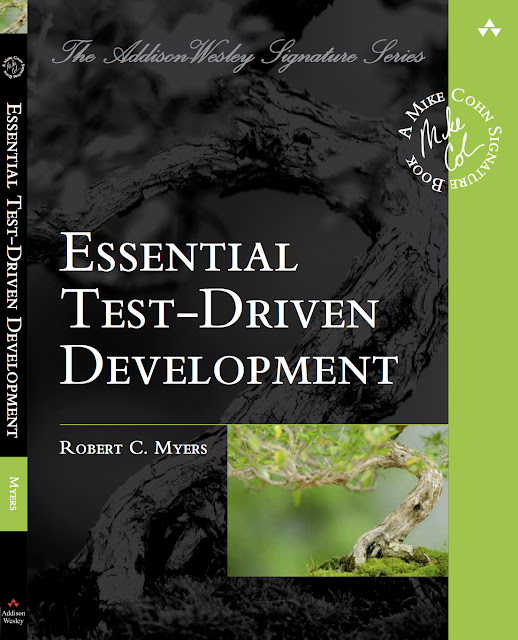A poem by Howard Nemerov:
Just to be clear where I'm coming from today:
And if they all choose Scrum's Pigs and Chickens metaphor, so be it. It is, after all, their restaurant.
Bacon & Eggs
The chicken contributes,
But the pig gives his all.I've never been a user of Scrum's Chicken/Pig metaphor. It's a metaphor used by many Scrum coaches and trainers to provide a brief, humorous reminder that the team needs to be free to self-organize in order to accomplish their activities in an efficient and sustainable way. Awesome goal.
Just to be clear where I'm coming from today:
- I get it. A Certified Scrum Master once suggested that I don't understand the metaphor, and offered to elaborate. [I'm actually a little flattered whenever my opinion is interpreted as ignorance.] I'm not expressing ignorance, today, so save your keystrokes.
- My feelings have not been hurt. [It's nice that folks worry about my feelings, too.] Someone once suggested that if I was uncomfortable with this metaphor, I should simply stop using it. [Commonly referred to as "blaming the victim."] I am expressing my opinion, of course, but I'm also conveying the feedback from dozens of behemoth corporations and popular little startups. [Heed my warnings, lest you be visited by three spirits...!]
- It's impolite: A few key people in almost every organization I've coached have expressed their discomfort with folks referring to themselves or other people as farm animals. To do so, even metaphorically, is often considered disrespectful, and unprofessional.
- It's inaccurate: Many people who may not be directly responsible for creation and delivery may still have a critical stake in the success of the team (i.e., "skin in the game"), e.g., the Product Owner. Generalizing the Scrum roles in this way (as a divisive caste system) discourages people from dealing with other people in a genuine way. A coach needs to be careful to avoid subtly encouraging blatant disrespect towards leadership, or subtle disrespect for the team. A coach should be encouraging respect and professionalism at all levels. We're usually there to repair the relationship between makers and leaders. The chicken/pig metaphor does little more (at best) than acknowledge the problem, and frequently (at worst) exacerbates existing bitterness.
- It's limited: To me, the metaphor only make sense with regard to the daily "scrum" or stand-up meeting, and (in some cases, or so I've heard) the retrospective. "Pigs Only! No chickens!" It could be interpreted as discouraging collaboration with leadership.
- It's old: It was Schwaber's clever metaphor about 20 years ago. Using it now would feel dogmatic, uncreative, and clumsy.
And if they all choose Scrum's Pigs and Chickens metaphor, so be it. It is, after all, their restaurant.


